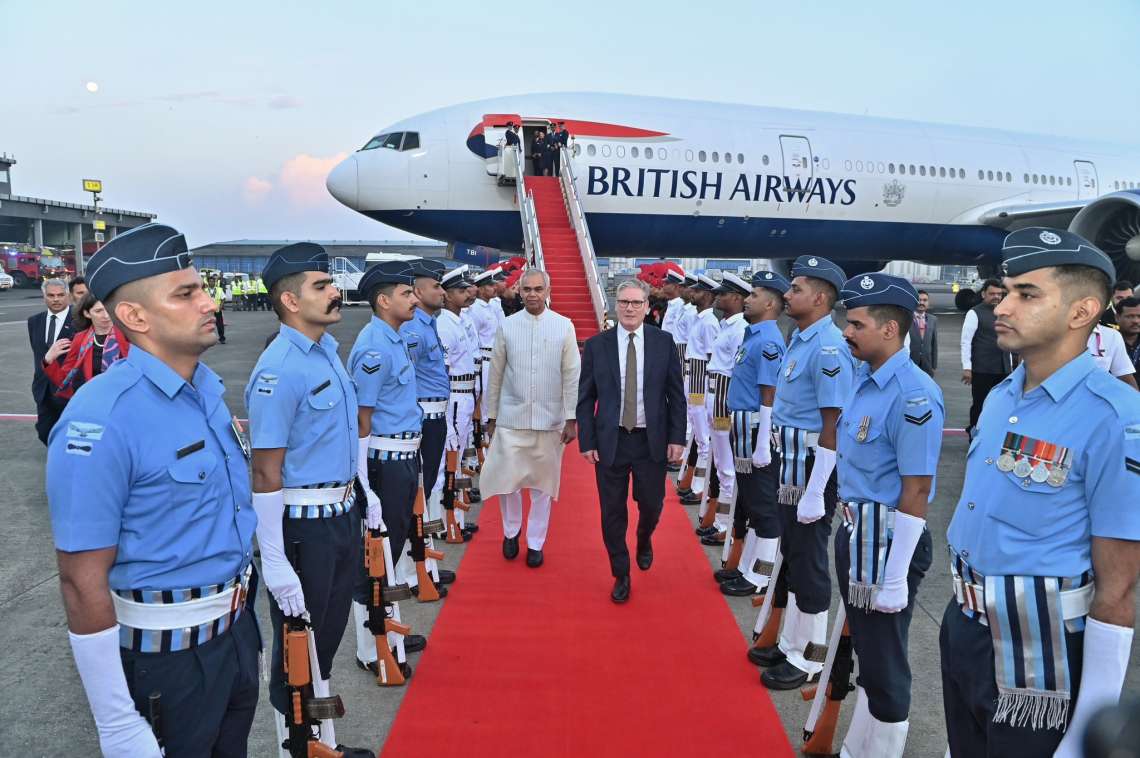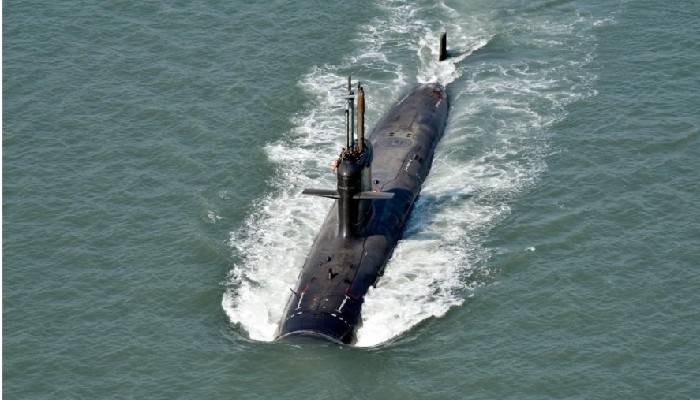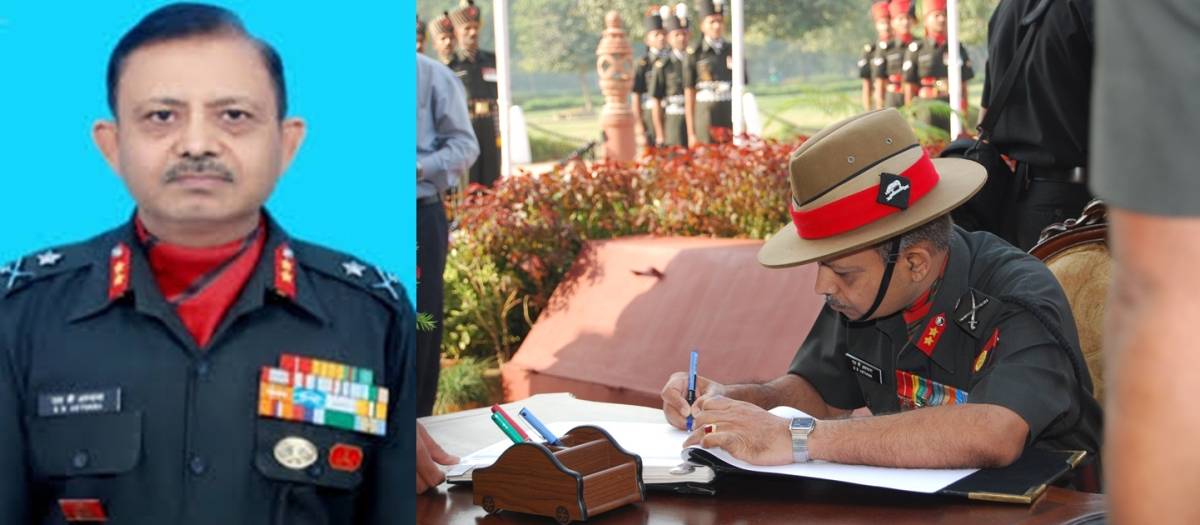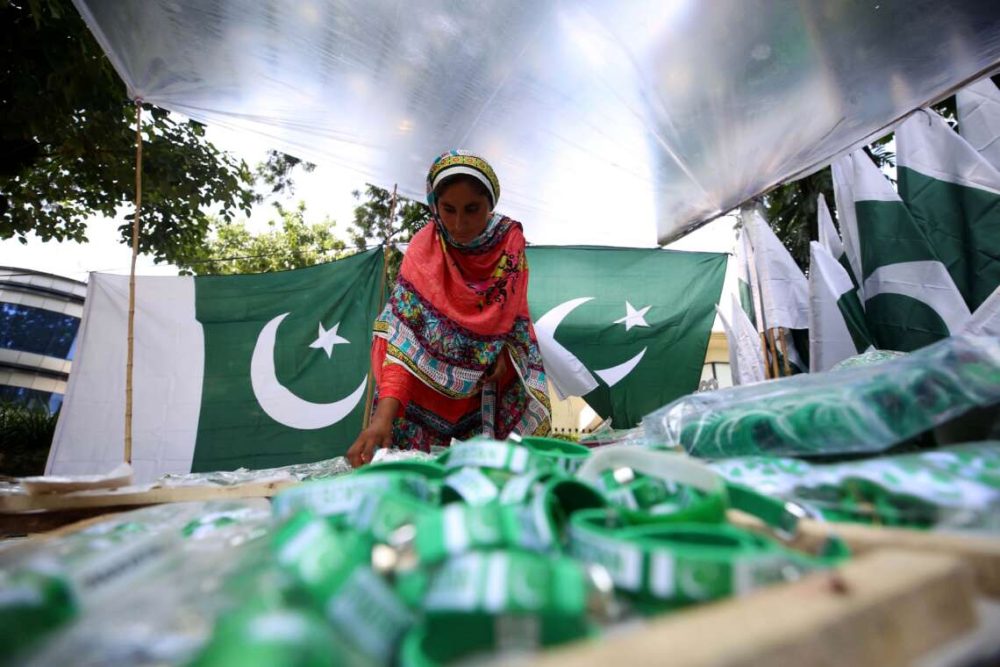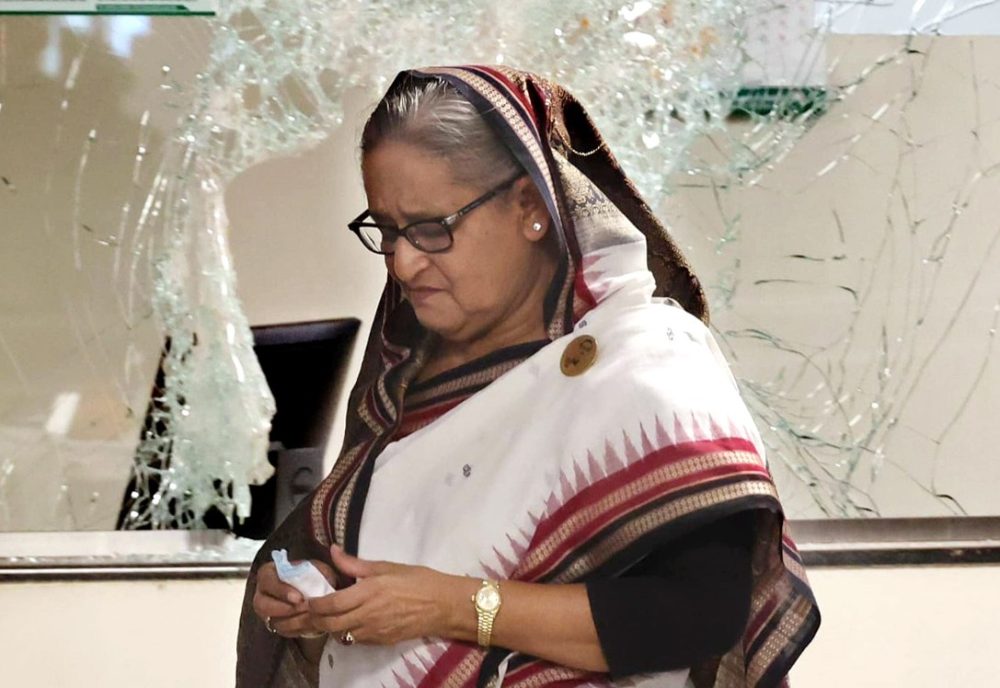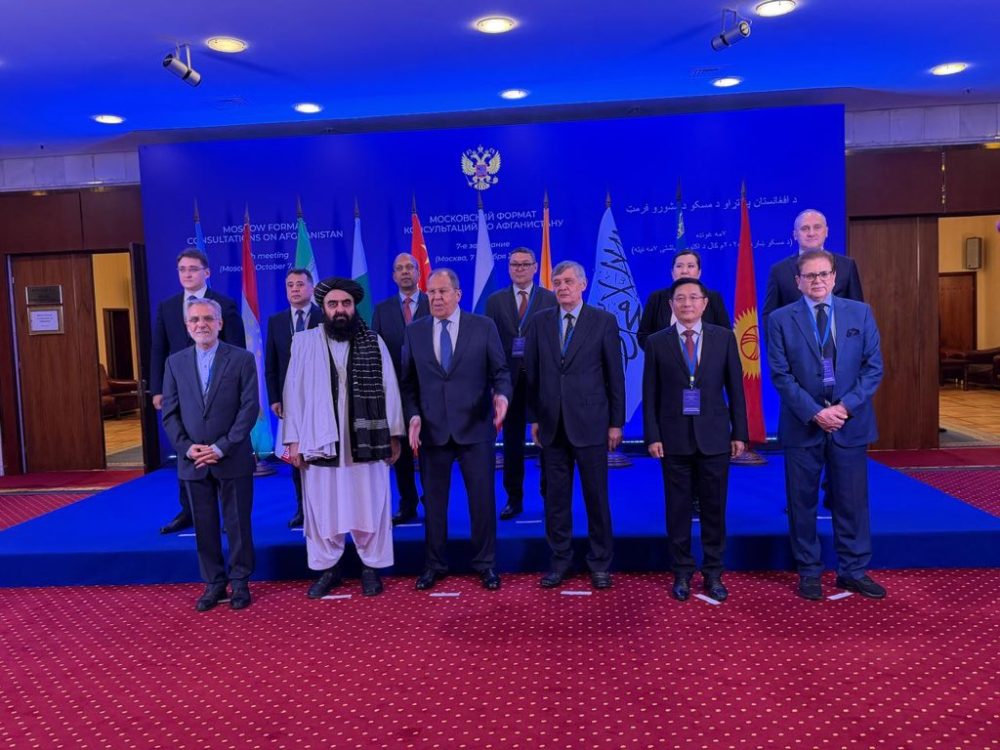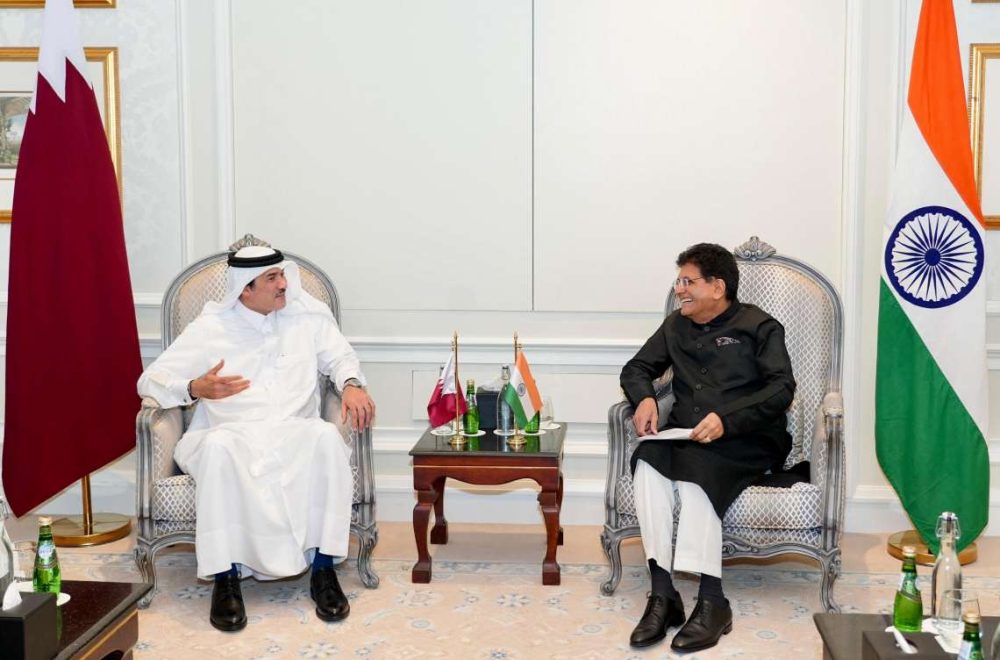The first leg of the pioneering effort began after Marshal Vasilevsky crossed the Bering Strait in 10 days flat to reach its loading destination….reports Asian Lite News
India and Russia have surmounted a huge obstacle — of shipping natural gas from Siberia through the icy, and less explored, Northern Sea Route (NSR).
Marshal Vasilevsky, a natural gas tanker, a prized possession of the Russian energy giant Gazprom “successfully took on board a batch of LNG from the Yamal LNG plant and set sail along the Northern Sea Route,” Russia’s Interfax News Agency reported. The LNG ship was loaded on September 23, before heading for the Indian port of Dabhol.
From the Kara Sea, the NSR along the Russian Arctic coast along Siberia, to the Bering Strait. According to a study published by The Economic Journal, the melting Arctic ice caps can cause “remarkable shifts in trade flows between Asia and Europe, diversion of trade within Europe, heavy shipping traffic in the Arctic and a substantial drop in Suez traffic”.
The first leg of the pioneering effort began after Marshal Vasilevsky crossed the Bering Strait in 10 days flat to reach its loading destination. Transit costs were kept low as the vessel was not escorted by an icebreaker� generally a costly requirement to clear the ice from the ship’s travel path.
The first LNG shipment follows Indian Prime Minister Narendra Modi’s pledge to help Russia develop the NSR as an international trade artery. In September, PM Modi told the Eastern Economic Forum via video link that “India and Russia are partners in space exploration through the Gaganyan program. Russia and India will also be partners in opening up the Northern Sea Route for international trade and commerce.”

With the despatch of the LNG ship, India and Russia have cemented another strategic dimension to their evolving relationship, by adding bulk energy exports to their trade basket. Both PM Modi have gone the extra mile to dock President Vladimir Putin’s plan to develop the resource rich Russian Far East, which includes Siberia, with the development of India’s eastern coastline. Consequently, the two leaders have flagged the Vladivostok to Chennai shipping route, especially to bolster India’s energy security. India has already made up its mind to increase the share of LNG in its energy mix from 6.2 to 15 percent by 2030, opening a range of energy exports from Russia.
“Energy vertical is now one of the most promising pillars of our special and privileged strategic partnership between India and Russia,” India’s ambassador to Russia, Bala Venkatesh Varma was earlier quoted as saying.
For Russia, engaging India on the energy track will have obvious advantages. First, India will emerge as a major market for Russia’s massive 26.5 trillion cubic meters of reserves, mostly located in the Yamal Peninsula.
For India the Russian connection considerably eases its energy security anxieties. For instance, many energy rich African countries including Mozambique and Nigeria are confronting terror attacks. Iran continues to face pressure from the United States, despite the promise of the revival of the stalled nuclear deal. US LNG exports are also facing a downturn. The United States has itself considerably decreased its LNG-related prospects.
Five top Indian energy PSUs even as Moscow and Delhi increase engagement in the sector. The five main Indian energy PSUs who will be present are –ONGC VIDESH Limited, Indian Oil Corp, GAIL (India), Oil India Limited, and Engineers India.





